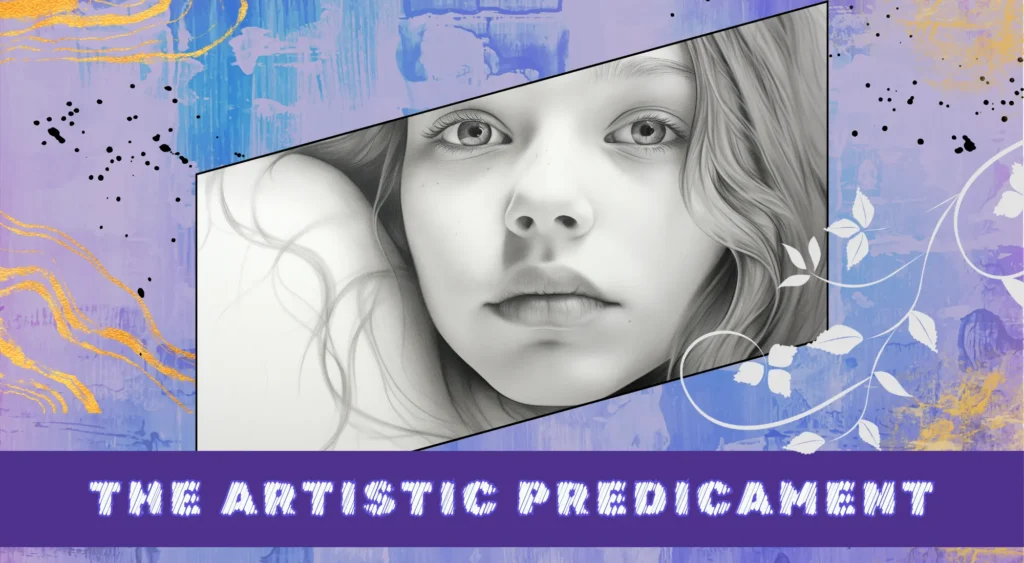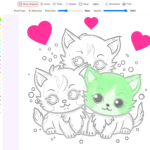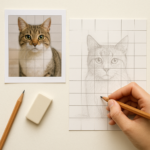In the realm of art, the debate surrounding tracing remains a topic of considerable contention. This article delves into the multifaceted perspectives on tracing in art, exploring its nuances and addressing the underlying question – is tracing a valuable technique or an ethical gray area?
Table of Contents
Understanding Tracing in Art
Tracing, often viewed as a method to reproduce or enhance artwork, has various connotations within the artistic community. We’ll explore the technical aspects of tracing and its role in the creative process.

Tracing Art – A Double-Edged Sword
Examining whether tracing art is inherently “bad” involves considering the intent behind the act. Is tracing a shortcut that undermines artistic integrity, or can it be a legitimate tool for honing skills and achieving precision?
Tracing Techniques Unveiled
Delve into the diverse ways artists employ tracing in their work. From enhancing proportions to capturing intricate details, tracing can be a nuanced technique when applied consciously and thoughtfully.
The Ethics of Tracing in Art
Address the ethical dimensions associated with tracing in art. Explore scenarios where tracing is deemed acceptable, such as in learning and practice, and when it may cross into contentious territory, blurring the line between homage and plagiarism.
Technological Influences on Tracing
In the digital age, technology plays a pivotal role in shaping artistic practices. Investigate how tracing has evolved with digital tools and software, examining the intersection between traditional techniques and modern methodologies.
Deciphering the Legitimacy of Tracing
Analyzing whether it’s okay to trace involves considering the transparency of the artist and the context in which tracing occurs. Explore instances where tracing may be deemed permissible, emphasizing the importance of acknowledging traced elements.
Conclusion:
As the discussion unfolds, tracing in art emerges as a tool that exists on a spectrum. Its ethical implications hinge on the artist’s intent, transparency, and the ever-evolving dialogue within the creative community. Whether tracing is viewed as a shortcut or a legitimate technique, the key lies in fostering an open conversation that encourages growth, learning, and artistic exploration.




